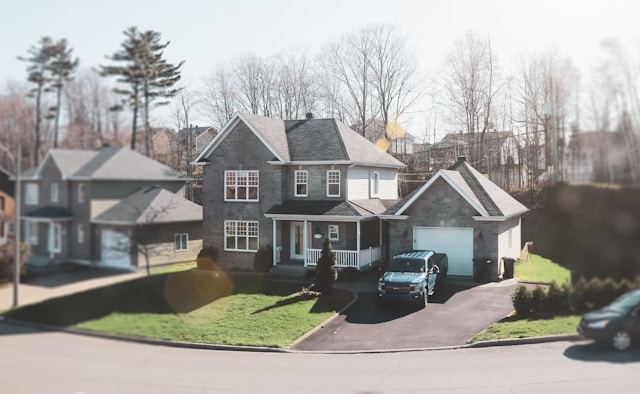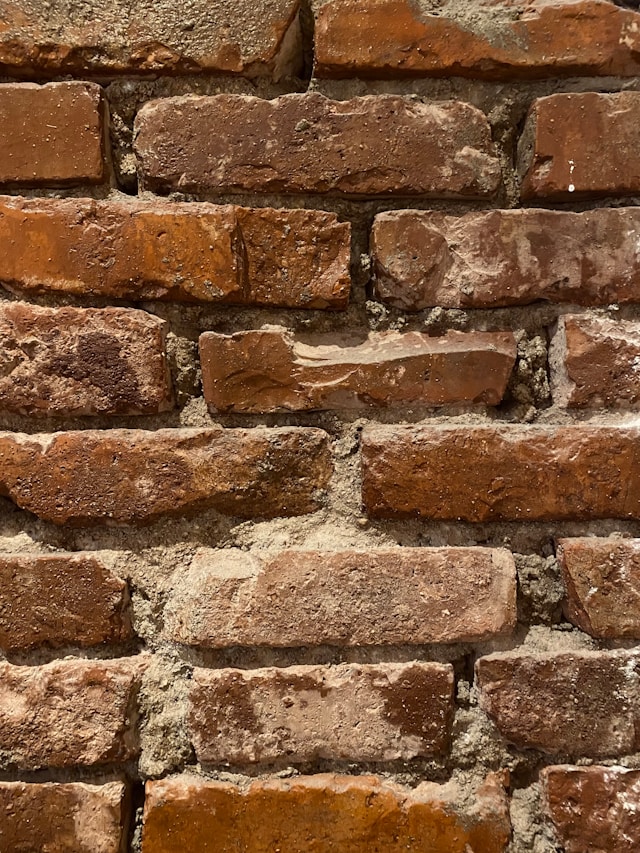There are a significant number of factors that could potentially affect what your home is worth. It can sometimes be hard to pinpoint exactly how much buyers are likely to be willing to pay, even for experts. This is especially true in a changing economic climate. However, there are a few factors that can give a pretty good idea of a home’s value.
The first thing an agent will look at to determine a home’s value is recent sales of similar properties in the same or a similar area. This is called a comparative market analysis (CMA), and is the primary method of predicting home values. Unless the economy is particularly unstable, a home similar to yours in a similar area that sold recently probably sold for approximately as much as your home is worth. Looking at currently listed properties can help, but it’s looking at actual sales that is more valuable, because you know at least one buyer definitely was willing to pay that much, otherwise the sale would not have happened.
The reason CMAs look at specifically the same or similar areas is that prices vary extremely widely by neighborhood. Schools, shopping centers, public transportation and recreational facilities can significantly enhance a home’s desirability. On the other hand, high crime rates or noise pollution may detract from a property’s appeal. And it’s important to note that a similar area doesn’t necessarily mean a nearby area. Neighboring communities could be vastly different from one another, but there could be another neighborhood a bit farther away that has more features in common.
But the research isn’t done as soon as a CMA is complete. It may be difficult to find exact matches for your property, particularly when the market is slow. Granted, if you live in tract housing, this can be slightly easier — but only if other properties in the same tract have been sold recently. To combat this, agents adjust the value to account for differences between the comparative properties and your own property. This can include age of the property, condition, and upgrades, as well as property size, lot size, and features.
Photo by Jakub Żerdzicki on Unsplash



















